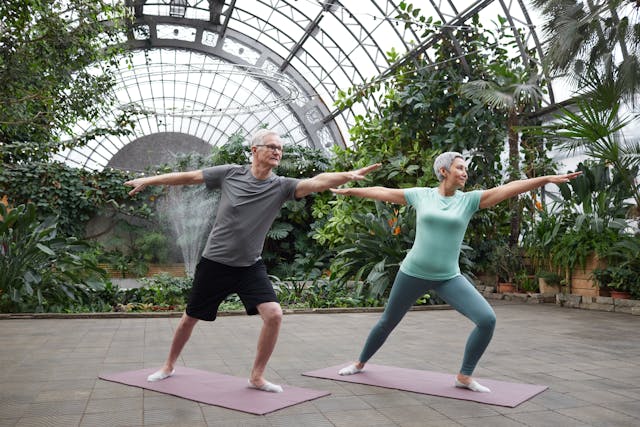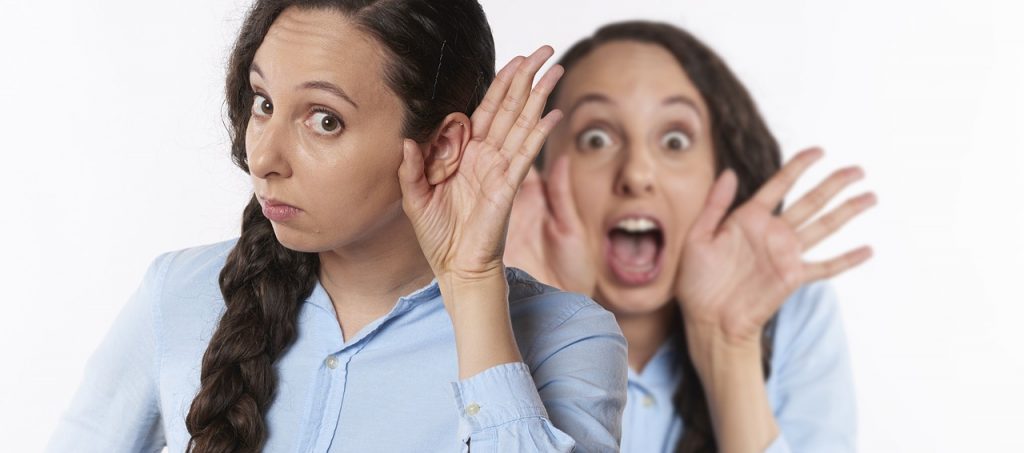No matter how safe you think your home might be, there are unseen dangers that pose a threat to your health and safety. Some of these go unnoticed because our senses can’t detect them. Some are easy to forget or even overlook. Here’s a list of silent hazards that might be lurking in your home and how you can control and get rid of them.
Mold
Mold is in every home, and it’s impossible to eliminate. It is caused by a type of fungus that thrives in moisture. It can potentially cause health issues. At best, it can cause allergic reactions. At worst, inhalation or direct contact with mold can expose you to toxic substances such as mycotoxins. Mold can sometimes be seen, especially when it affects a moist surface in your kitchen or bathroom. But when it is in the air, it can’t be seen.
To mitigate the amount of mold in your home, you must minimize the moisture of your home. Mold typically manifests in surfaces of frequently moist rooms, such as kitchens and bathrooms. Take measures to dehumidify the interiors of your home. Open a window when it is humid inside, use a dehumidifier, or turn on a fan or air conditioner.
When cleaning mold off of surfaces, see to it that you are wearing protective gear such as a mask, goggles, and gloves.
Another way to keep mold from forming on surfaces is to waterproof them. Ask a contractor to waterproof your ceiling and have your gutters checked and cleaned regularly.
Asbestos
This is one of the more dangerous silent killers in your home. Asbestos is a substance composed of mineral fibers that are resistant to electricity, heat, and corrosion. It’s these characteristics that made asbestos so widely used for a long time. Unfortunately, it is also a substance that can cause many fatal diseases, particularly lung disease and different kinds of cancer.
Though asbestos is no longer used in the level of abundance it once was, it can still be found in many household products and construction materials, such as pipes, tiles, and insulation materials. Have your home checked for asbestos by using asbestos testing kits or having a professional inspect your house.
Related: Is There Asbestos in My Home?

Carbon monoxide
This type of gas is colorless and odorless and can cause symptoms ranging from headaches and dizziness to flu-like manifestations. Long term exposure can lead to fatal poisoning. Carbon monoxide (CO) is produced by burning fuel through vehicles, heating, or cooking appliances.
Fire hazards
These are always present in your home. The holidays, in particular, have a very high likelihood of fire-related incidents. Holiday decorations, cooking, candles, and heating appliances all pose a threat to you and your home. One way to avoid a fire in your home is to install smoke alarms and make sure they are working. According to the U.S. Fire Administration, you should test your smoke detectors once a month. If your alarm has passed 10 years of its manufacturing date, you should replace it.
Fires can also be caused by faulty wiring. Don’t overload electrical outlets. Make sure to have your home wiring checked by an electrician. They can be expensive to hire, but it’s because they’re trained to work with electrical currents safely.
Radon
Like carbon monoxide, radon is a colorless and odorless gas. What sets it apart from the former, however, is that it is radioactive. It can cause lung cancer. To check for radon in your home, you can use a radon testing kit.
Bathtubs or pools
Bathtubs and pools seem harmless, but unintentional drowning is the fifth leading cause of injuries and death among children aged 14 and below. To protect your children from this hazard, supervise them when they’re in the bath, pool, or other bodies of water. In bigger water bodies such as pools or natural water settings such as beaches, stay in shallow areas, have them wear life jackets, and never let them out of your sight.
Stairs
Staircases are another type of installation that seems harmless but can cause injury or even death when one isn’t careful. These accidents can happen to people of any age, but young children and the elderly are the most vulnerable to their consequences. To protect your household members, install stair gates at the top and bottom of the stairs. Avoid running up and down the stairs. As delightful as it might be to run down the stairs to open presents on Christmas morning, it can also be hazardous.
Many unseen dangers lurk in our homes without our knowledge. Inspect or test your home for carbon monoxide, radon, asbestos, and mold. Keep your staircases and bathtubs or pools accident-free by installing the proper safety equipment and monitoring your children. Prevent fires in your home by installing smoke detectors and checking on them regularly to see if they are working.







